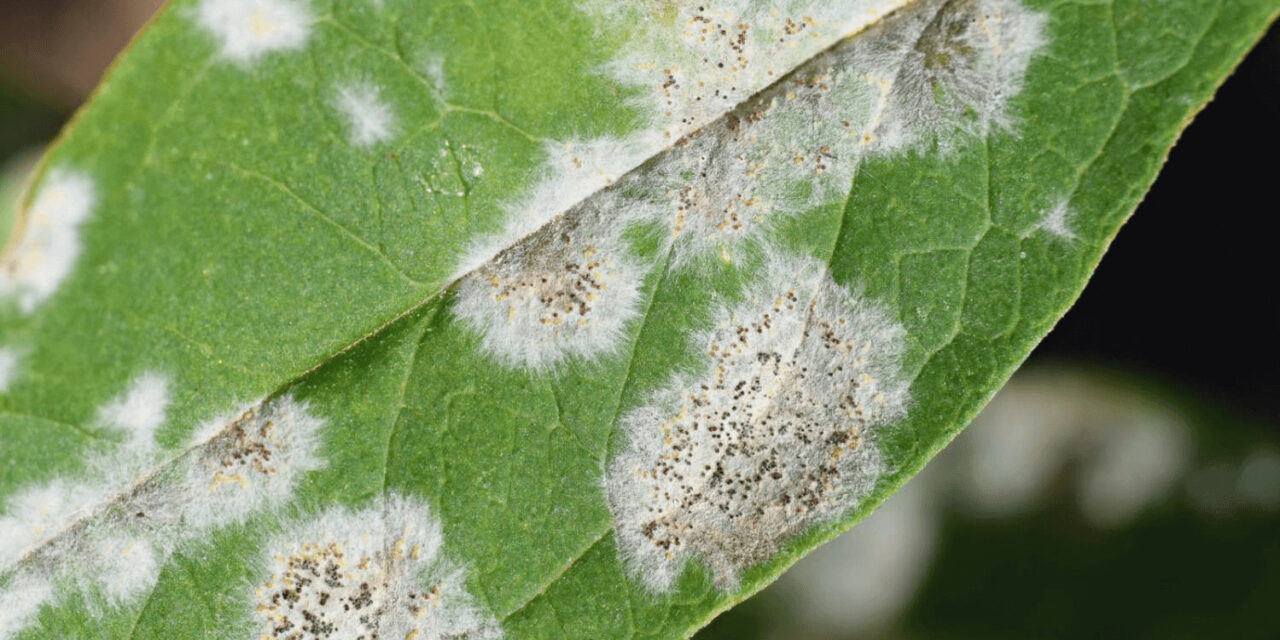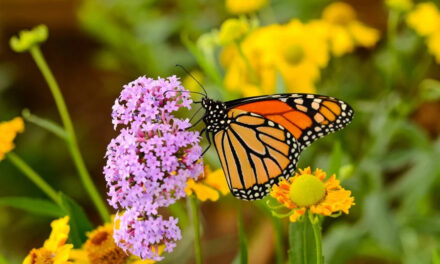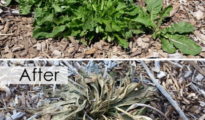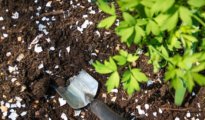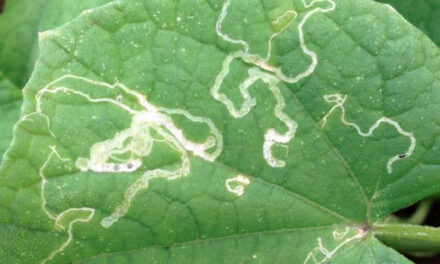Gardening enthusiasts and farmers alike understand the importance of maintaining healthy plants and crops. However, various factors can hinder their growth and productivity. One such obstacle that often plagues foliage is the occurrence of white leaf spot. In this blog post, we will delve into the intricacies of white leaf spot problems, shedding light on its causes, symptoms, and most importantly, effective preventive measures to keep your plants thriving.
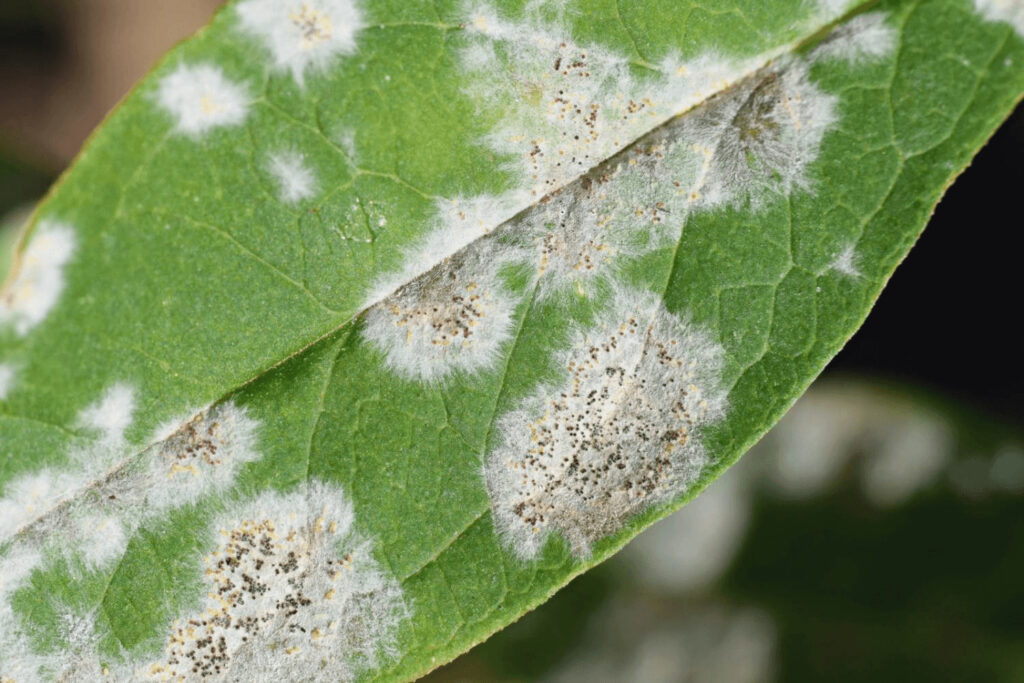
What is White Leaf Spot?
White leaf spot, also known as leaf blight or leaf spot, is a common fungal disease that affects a wide range of plants, including vegetables, fruits, and ornamentals. It is caused by different types of fungi from the genus Phoma or Pseudocercosporella. These fungi thrive in warm and humid environments, making them prevalent in many regions worldwide.
Symptoms of White Leaf Spot
Identifying white leaf spot is crucial to its management. The disease manifests through distinctive symptoms that can vary depending on the plant species affected. However, some general indicators include:
- White Spots: The primary symptom is the appearance of small, circular or irregularly shaped white spots on the leaves. As the disease progresses, these spots may grow in size and merge together, covering large portions of the foliage.
- Lesions: The white spots eventually develop dark brown or black lesions within their centers. These lesions may have a concentric ring pattern, giving them a target-like appearance.
- Leaf Yellowing: Infected leaves may turn yellow or brown, leading to premature defoliation in severe cases.
- Stunted Growth: The overall growth of the plant can be significantly affected, resulting in stunted growth and reduced vigor.
Causes of White Leaf Spot
White leaf spot is primarily caused by fungal pathogens, and several factors contribute to its occurrence. These factors include:
- Environmental Conditions: Warm and humid weather provides optimal conditions for fungal growth, making plants more susceptible to infection.
- Poor Air Circulation: Insufficient air circulation around plants increases humidity levels and creates a favorable environment for fungal spores to thrive.
- Contaminated Soil and Debris: Fungal spores can survive in the soil and plant debris, allowing them to infect plants during the growing season.
Preventing White Leaf Spot
Fortunately, there are several effective preventive measures you can adopt to minimize the risk of white leaf spot:
- Crop Rotation: Practicing crop rotation helps disrupt the life cycle of pathogens by reducing their buildup in the soil. Rotate susceptible plants with unrelated species to minimize the chances of reinfection.
- Sanitation Practices: Maintaining a clean garden environment is crucial. Remove and destroy infected plant debris promptly to prevent the spread of fungal spores. Regularly clean gardening tools to avoid cross-contamination.
- Adequate Spacing: Proper plant spacing allows for better air circulation, reducing humidity levels and preventing the spread of fungal spores.
- Water Management: Overhead watering can contribute to increased humidity and fungal growth. Instead, opt for drip irrigation or water at the base of plants to keep the foliage dry.
- Fungicide Application: In severe cases or when preventive measures are not sufficient, applying fungicides can help control white leaf spot. Consult with a local garden center or agricultural extension office for appropriate fungicide recommendations.
- Disease-Resistant Varieties: Choose plant varieties that are resistant to white leaf spot. These varieties have been bred to withstand the disease and are less likely to succumb to infection.
White leaf spot can pose a significant threat to the health and vitality of your plants. By familiarizing yourself with the symptoms, causes, and preventive measures discussed in this blog post, you are better equipped to address the issue effectively. Remember, prevention is key when it comes to managing white leaf spot.
Regular monitoring of your plants is crucial in identifying the early signs of white leaf spot. Inspect the leaves for any unusual spots or discoloration. If you notice the characteristic white spots or lesions, take immediate action to prevent the disease from spreading further.
Once you have identified white leaf spot on your plants, follow these additional steps to mitigate its impact:
- Prune and Dispose: Trim and remove infected leaves or branches, ensuring that you do not touch healthy parts of the plant with the contaminated foliage. Properly dispose of the pruned material, either by burning it or placing it in sealed bags to prevent the spread of fungal spores.
- Improve Air Circulation: Trim nearby shrubs or vegetation that may obstruct air movement around the infected plant. This will help reduce humidity levels and create an environment less favorable for fungal growth.
- Organic Remedies: Consider using organic fungicides or homemade solutions to control white leaf spot. Neem oil, copper-based sprays, or baking soda solutions can help inhibit fungal growth. Remember to carefully follow the instructions provided by the manufacturer or consult with a gardening expert for proper application.
- Mulching: Apply a layer of organic mulch around the base of the plants to prevent soil splashing, which can carry fungal spores onto the leaves. However, ensure that the mulch is not in direct contact with the plant stems as it can create a damp environment that promotes fungal growth.
- Nutrient Management: Maintain a balanced fertilization routine to promote healthy plant growth. Avoid excessive nitrogen fertilizers, as they can stimulate lush foliage that is more susceptible to fungal diseases.
- Beneficial Microorganisms: Consider using beneficial microorganisms, such as mycorrhizal fungi or beneficial bacteria, which can enhance the plant's natural defenses against pathogens. These organisms establish a symbiotic relationship with the plant and help strengthen its immune system.
- Regular Inspections: Continue monitoring your plants even after implementing preventive measures. Promptly identify and address any signs of white leaf spot to prevent its spread to other plants in your garden.
Remember, prevention and early intervention are the most effective strategies to combat white leaf spot. By practicing good garden hygiene, maintaining proper plant care, and promptly addressing any signs of infection, you can minimize the impact of this fungal disease on your plants.
In conclusion, white leaf spot can be a challenging problem for gardeners and farmers. However, armed with knowledge about its causes, symptoms, and preventive measures, you can effectively manage and minimize the impact of this fungal disease. By taking proactive steps to create a healthy and well-maintained garden environment, you can ensure the success and productivity of your plants. Happy gardening!

